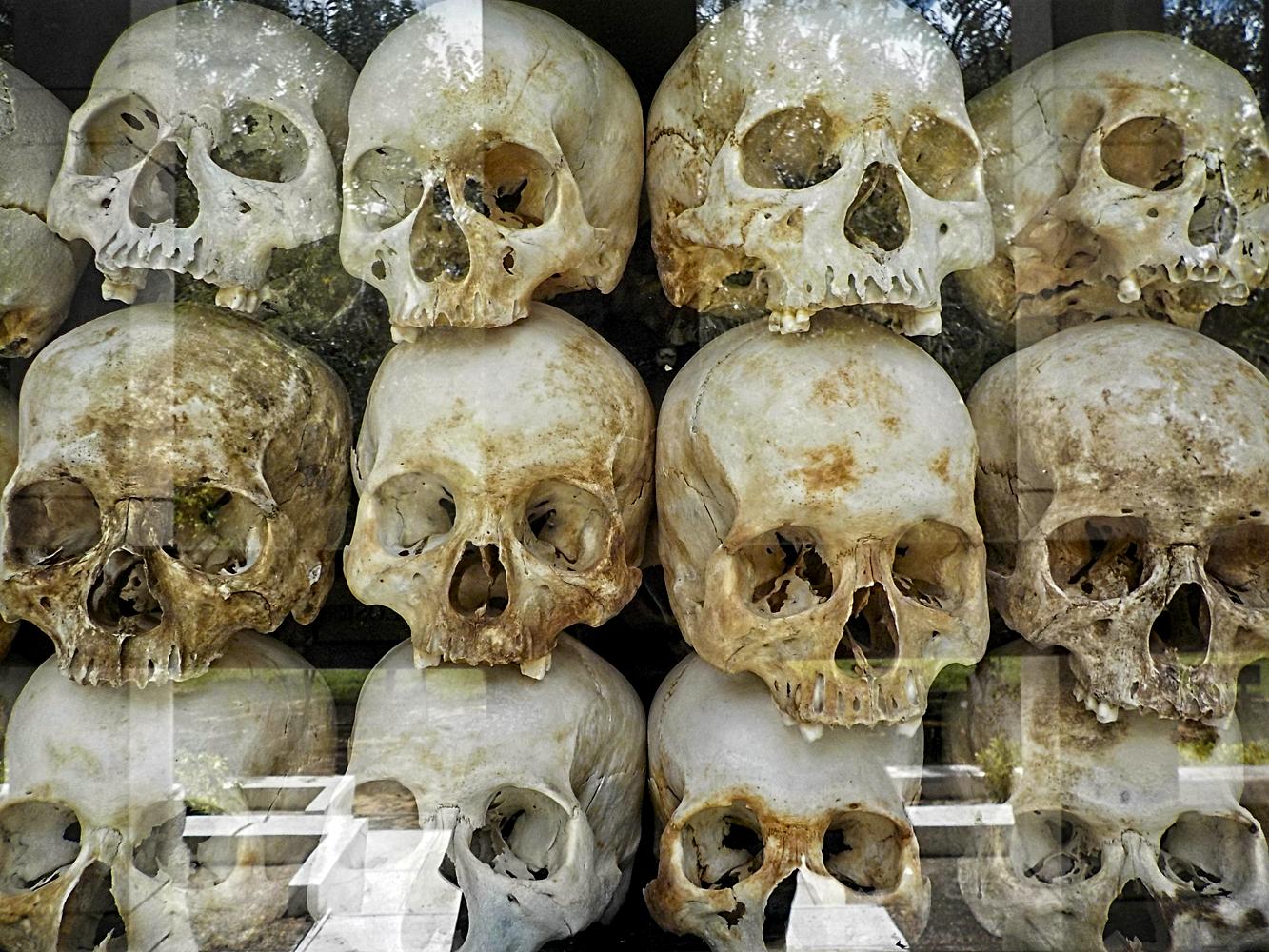
The Killing Fields
This is one of the places on our route that I really wasn’t sure I wanted to visit. After going though, it was worth it and I consider it to be an essential part of my trip. Please read on to find out why – but I am no expert on the subject. For more information please read one of the many books on offer.
Getting there
Reaching the Killing Fields of Choeung Ek is very simple as every driver in Phnom Penh knows where is it. We hired a tuk-tuk for three people for 15USD (I felt it was rude to barter on this particular occasion), and the driver waited while we went around the site and took us back to town afterwards. Admission to the site costs 5USD and includes an audio headset in your chosen language, which I highly recommend using. The audio guide leads you around the site from number to number describing the atrocities that took place.
Background – what happened at the killing fields and why?
In 1975 an ultra-communist group known as the Khmer Rouge took over the capital of Phnom Penh. Originally gaining their strength in the countryside, the aim of the Khmer Rouge was to return the country to the ways of “old Cambodia”. Essentially, sending it back to the dark ages. Overnight, people were forced out of their homes and put into back breaking labour. Anyone who opposed the regime was imprisoned and mostly likely executed. Anyone with religious views or showed any sign of being an “intellectual”, such as wearing glasses was rounded up and imprisoned. From 1975 to 1979 the country was sealed off. Eventually in 1979, the Vietnamese army broke through and traveled across miles of empty countryside before liberating the country, which was dieing from starvation. In the years that followed, the full scale of the atrocities that had been happening unfolded on the international stage. For years after however the Khmer Rouge were recognised as the true leaders of Cambodia as a government in exile. They were the recognised government of Cambodia in the United Nations till 1992.
Diary – After getting our headsets, we started our journey around the site, which took about one hour. Firstly it just seemed like forgotten bit of farm land, but the guide pointed out certain landmarks.
Trucks would arrive in the night and prisoners were marched out into a building. Over a tannoy, music could be heard accompanied by the rumble of a loud diesel generator, all to hide the sounds of the murders. The prisoners were then taken out to an open mass grave, where they were struck over the head or just beaten to death with blunt instruments, to save money on bullets.
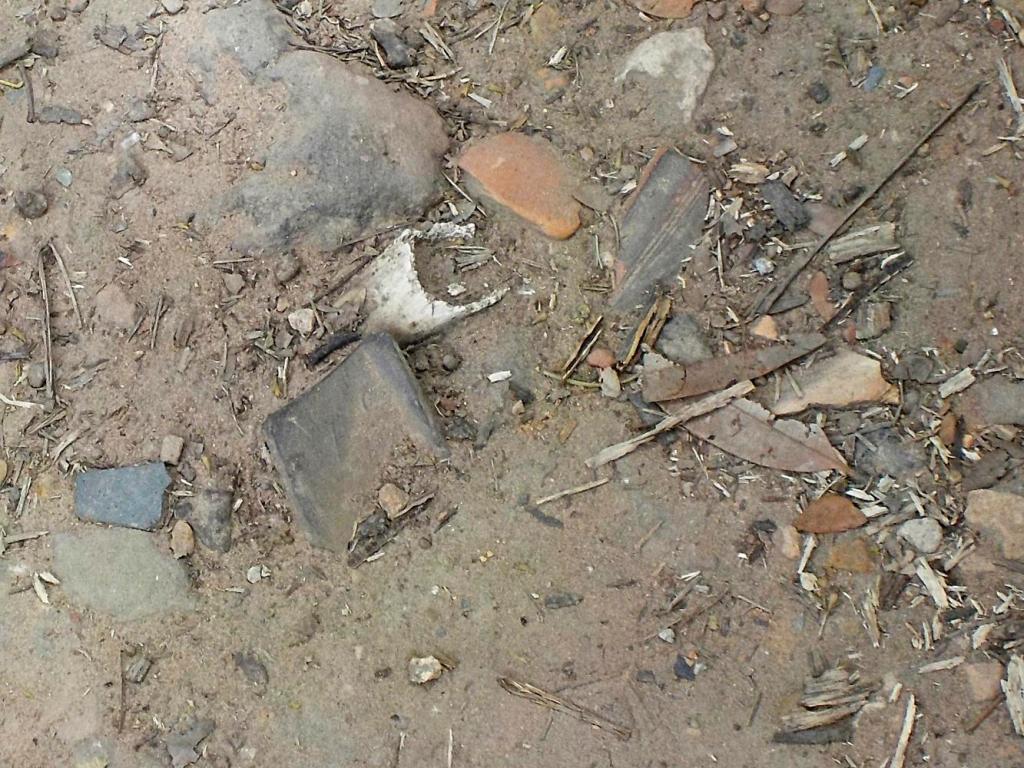
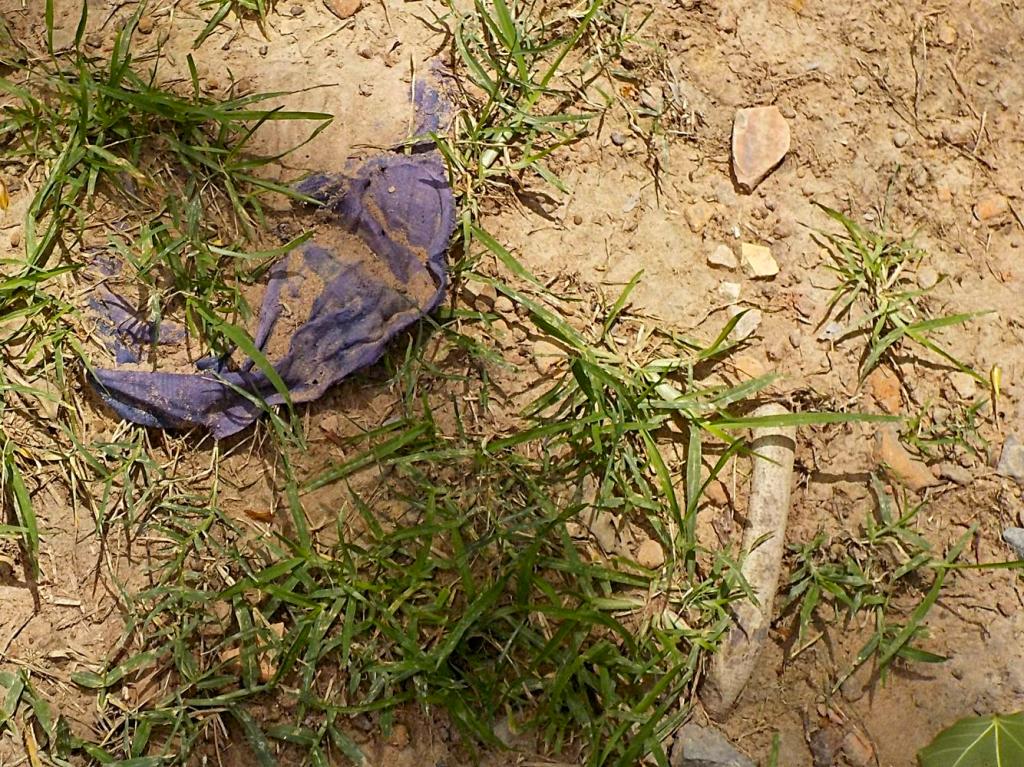
Around the site their were paths everywhere taking you around the edges of marked mass graves. Despite that though, a brief glance down to the path revealed, every now and then, bits of bone and rags of clothes from the murdered bodies. The whole site would appear to be a mass grave.
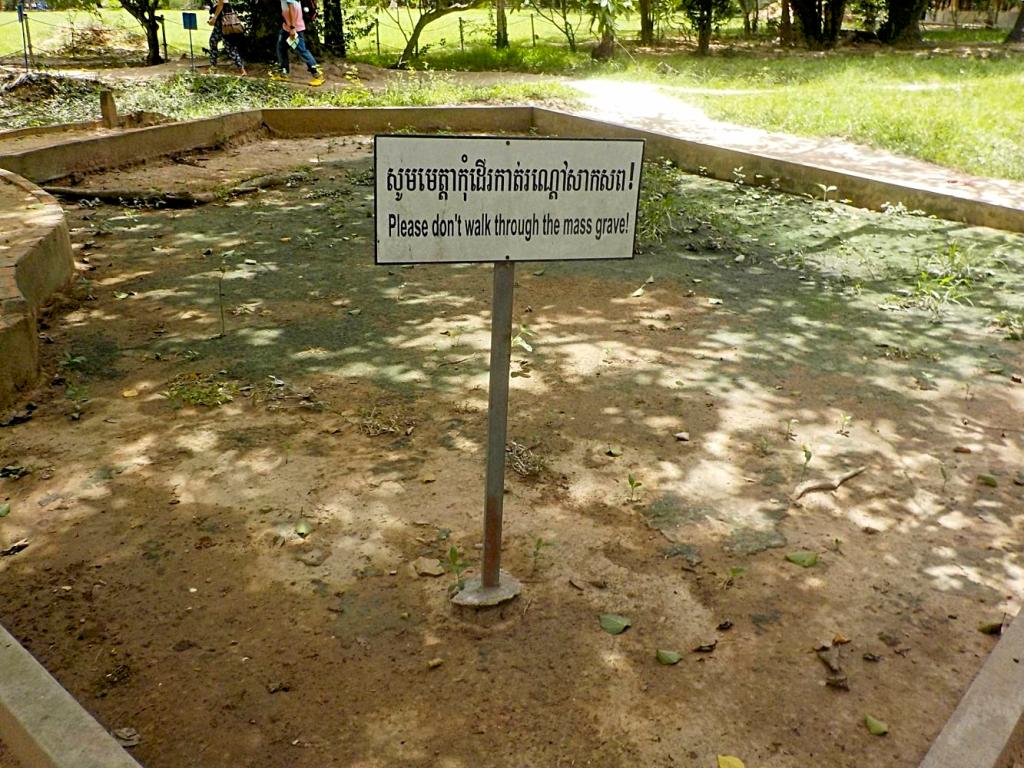
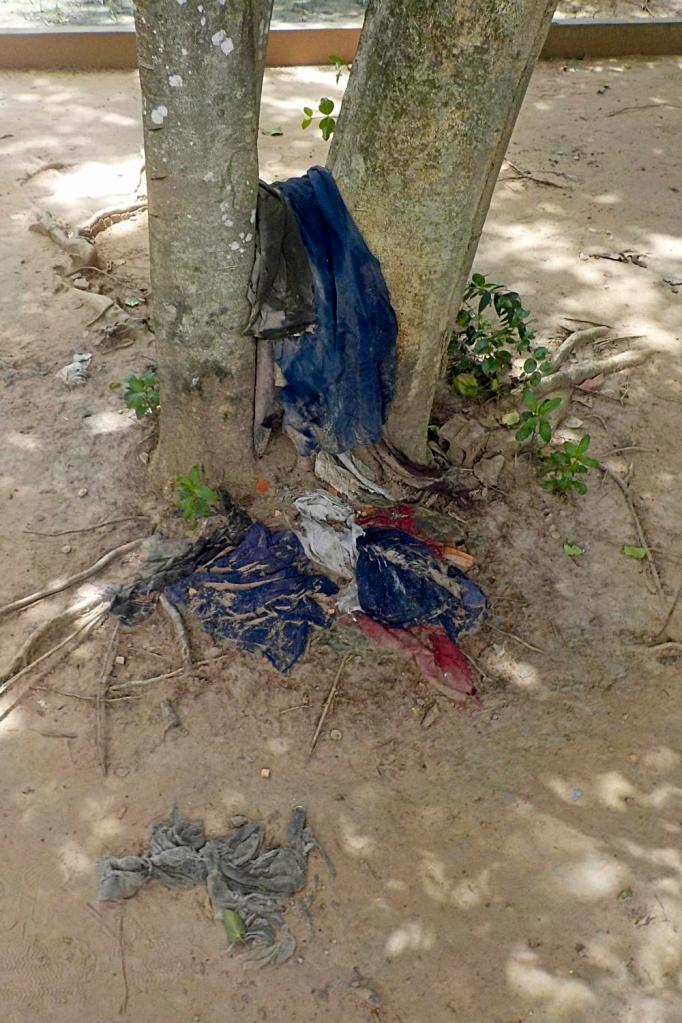
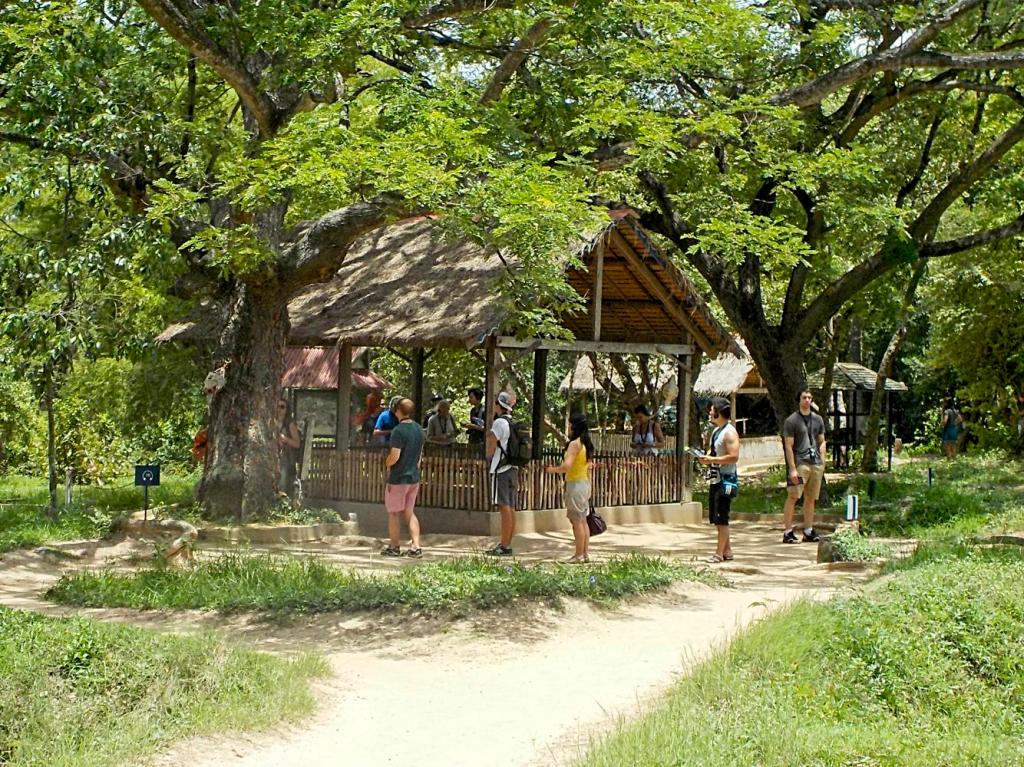
One of the sights that sticks in my head is the so called “baby tree” where the infants of prisoners were simply picked up and whacked against the tree till they died. There were quite often tourists crying as they stood and looked at this spot and listening to the audio guide. After walking around the site, the finishing point is a reasonable size tower memorial with glass windows. Through the glass sides, inside the tower is the sobering site of hundreds of stacked skulls recovered from the site, staring out at you.
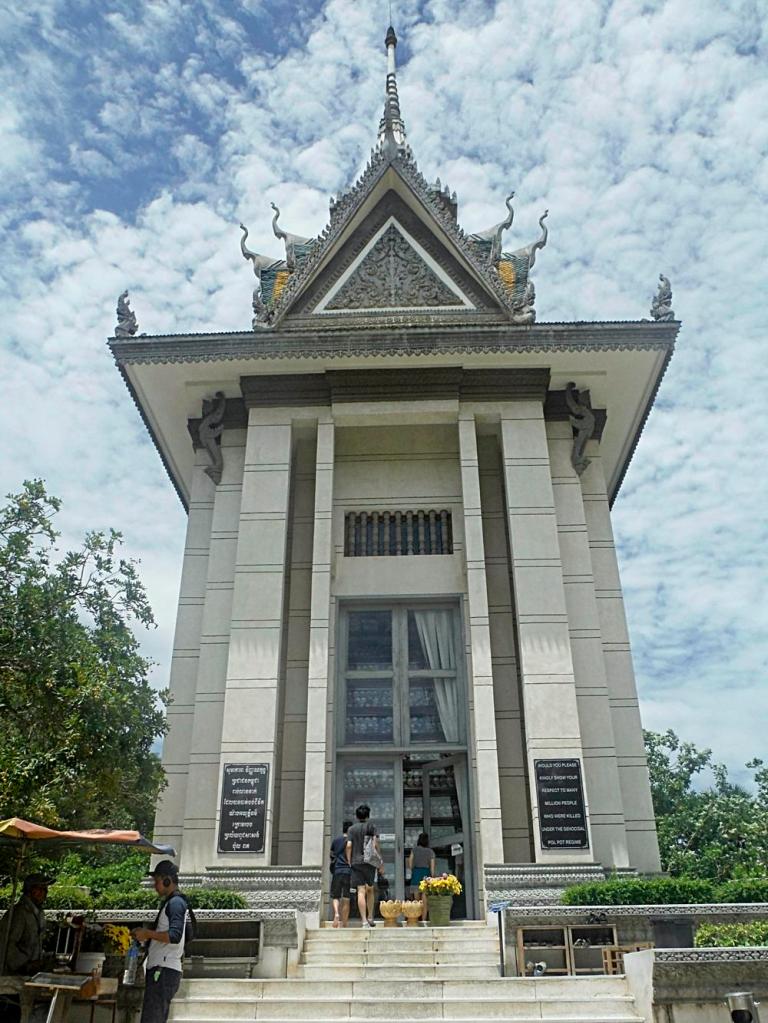
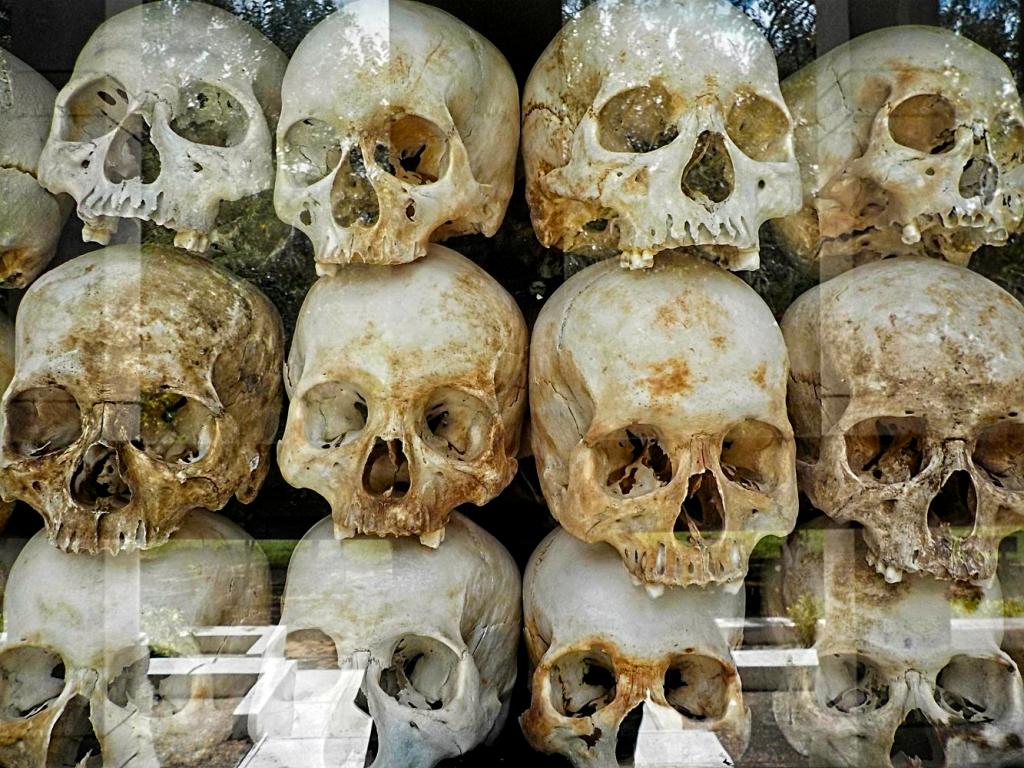
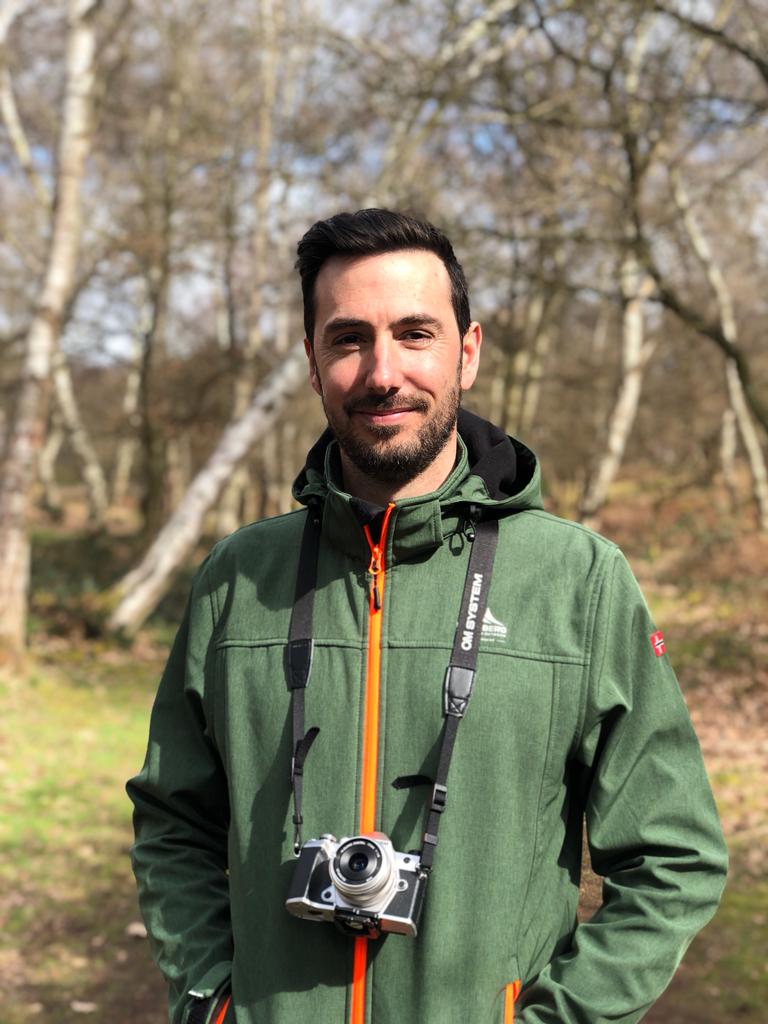
Found this blog useful? Show your appreciation by buying Sam a drink!
Subscribe for more blog posts
Follow My Blog
Get new content delivered directly to your inbox.
Get in touch
Have a question about my services?
Send a message from the contact form.
T : 07342 256520
aerial photographer aerial photography aerial videography art art gallery black and white cave cave photography climbing drone drone operator Drone Photography drone video england exhibition fine art fine art photography gallery hiking home decor india interior design landscape Landscape Photography norway olympus om-5 photographer photography photography tips photo prints portrait photography prints professional photographer sam davis photographer shrewsbury shropshire tips travel Travel Photography travel writing wales wall art wildlife Wildlife photography
